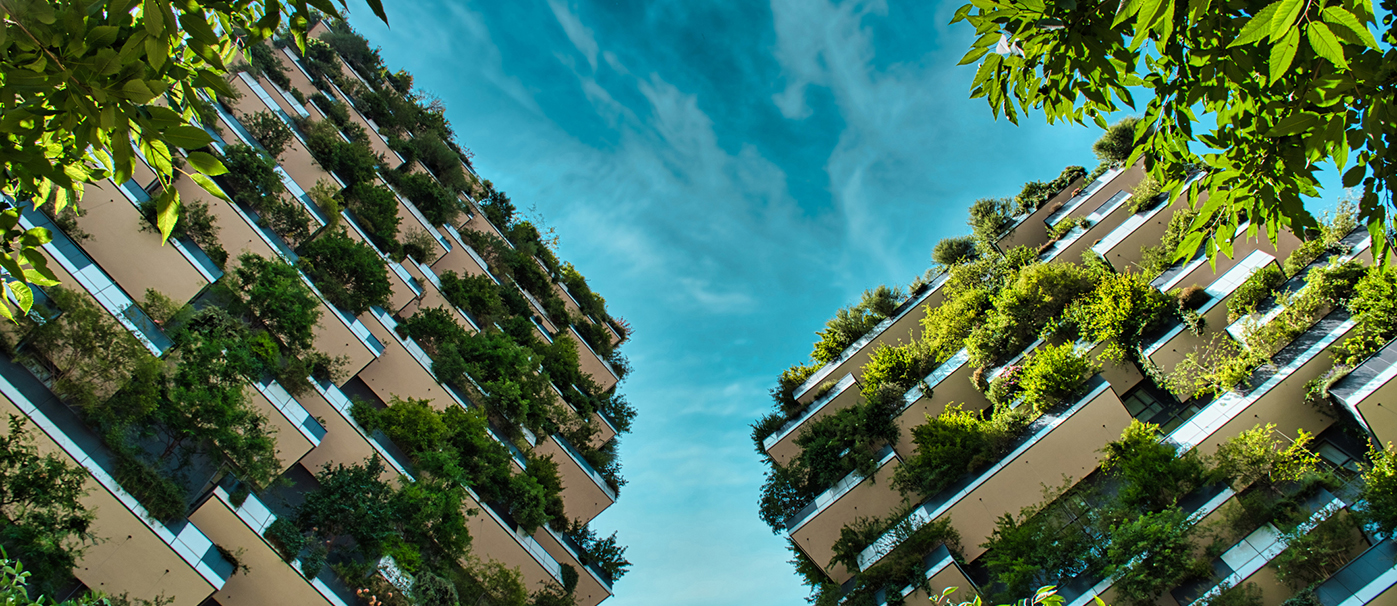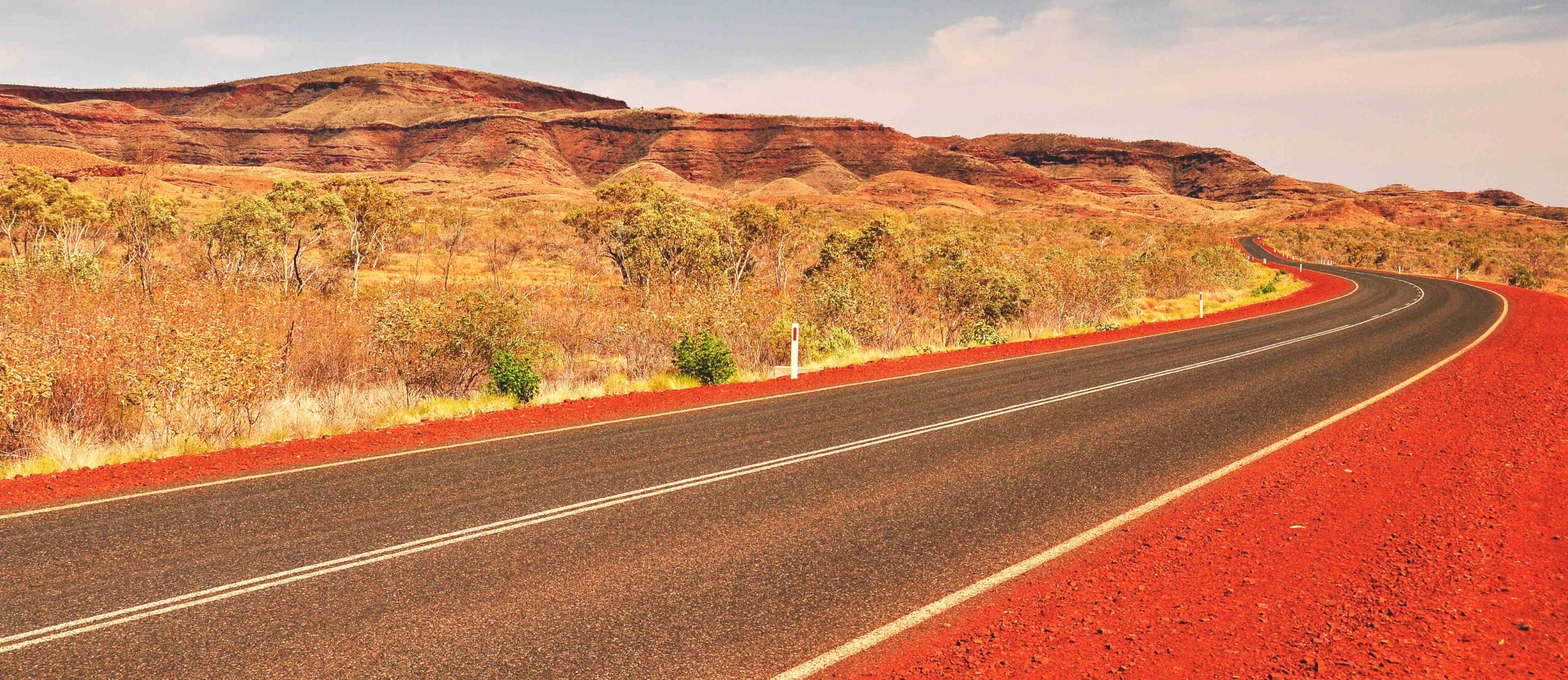How urban planning helps climate change
Climate change is impacting life in our towns and cities. Here’s how urban planning is helping to make the future a more comfortable place to live.
Humidity is rising, barometer’s getting low, according to all sources, the street’s the place to go… If you’re not singing along, please consult an older colleague, because what the Weather Girls identified back in 1982 is veering towards crisis.
Our cities are getting hotter, and that impacts everything from housing and roads to livelihoods and health.
So how can town planners rise to the challenge?
One of the best places to start is ‘green infrastructure’.
Parklands, nature reserves, sporting ovals, community gardens and even green walls are increasingly important aspects of Australia’s towns and cities.
Not only are they nice to look at, they’re proven beneficial for mental health and they give the local ecology somewhere to thrive.
Urban greening is also a cost-effective way to combat the effects of climate change at a local level. Here’s how.
KEEPING COOL
On an obvious level, trees and other vegetation provide shade, potentially reducing surface temperature by 5-20°C.
Looking more closely at the science, evapotranspiration (a cunning combination of evaporation and transpiration) is the process whereby water is transferred from the land to the atmosphere from vegetation.
In a nutshell, the plants consume heat energy in the atmosphere, which is used to convert water in the leaves into water vapour, which is then returned to the atmosphere.
In some places, it’s estimated that evapotranspiration can reduce peak summer temperatures by 5°C.
WATER WORKS
Another effect of climate change we’ve been seeing plenty of in recent months is flooding.
In our cities, when rainfall flows over the ground and into drains, sewers, and waterways, it’s called runoff.
The more absorbent the surface, the less runoff there will be, so where buildings, pavements and carparks fail us, porous green surfaces soak up the rain, leaving it to seep slowly into groundwater, nearby water reserves, and the atmosphere.
Green infrastructure heroes a swathe of water management practices via rooftop gardens, roadside plantings and city parks that capture, filter and reduce storm water.
It can also increase the quality and quantity of local water supplies.
IN THE GREENHOUSE
While street trees in affluent (AKA leafy) suburbs are considered a symbol of prestige, that’s not where the story ends.
Of all the benefits of green infrastructure, the one with the most potential is carbon capture.
Carbon dioxide is the mother of all greenhouse gases, which are directly responsible for heating up our planet. And urban planners are taking note.
The NSW government is currently actioning a plan to plant five million more trees in Sydney by 2030. Not to be outdone, the City of Melbourne announced that it will be home to ‘the world’s most extensive urban forest’ by 2050.
MOVING ON UP
Tree-lined streets also make people more inclined to walk or cycle instead of jumping in the car — which is another link in the chain when it comes to global warming.
Road transport accounted for 18% of Australia’s total emissions in 2020, so finding new ways to adapt our existing infrastructure to include safe, walkable neighbourhoods is a priority for town planners.
The City of Sydney City is progressively building its network of 220km of cycleways in and around the CBD. And despite objections from motorists, pop-up bike paths introduced during COVID-19 lockdowns in the city are yet to be decommissioned.
Even more ambitiously, in Japan, the roads in Toyota’s experiment Woven City are being built with three sections — one for cars, another dedicated to ‘micromobility’ (that includes bicycles and scooters) and a ‘linear park’ for pedestrians, animals and plants.





Comments (0)
Write a Comment